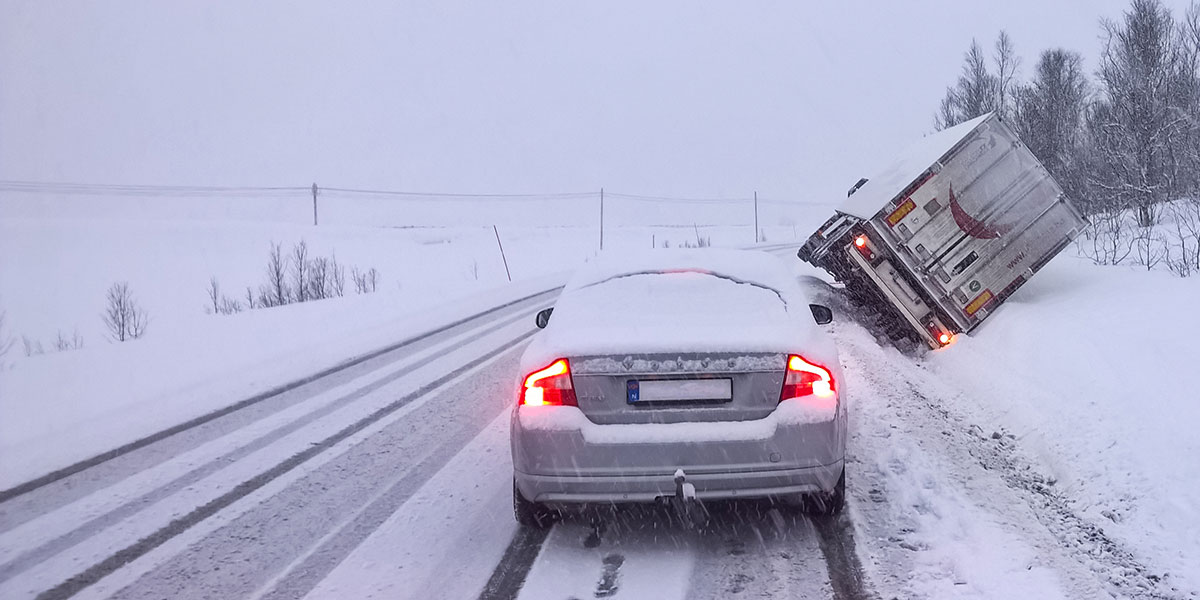Taking too long? Close loading screen.

January 9th

As the temperatures start to drop, it’s important for Utah residents to begin winterizing their cars.
Not only will proper preparation help you stay safe on the roads in inclement weather, but it can also prevent costly repairs and breakdowns down the line.
In this blog post, we’ll discuss best practices when it comes to cold-weather preparations so that drivers have a smoother—and safer—trip even when temperatures dip below freezing.
And in the event of a worst case scenario—being injured on the roads due to the recklessness of another driver—we’ll cover how to seek maximum compensation for your injuries.
$550,000 car accident settlement for our client, huge results
Preparing your engine for the winter is important to keep your car running smoothly. Here are a few tips to help you out:
It’s also important to clean the car and remove any debris or leaves that could block the windshield or windows. When it does start to snow, make sure to keep an eye on the temperature and adjust your driving habits accordingly.
Be sure to check your battery to make sure it doesn’t need to be replaced.
And finally, always make sure to have a full tank of gas in case you get stranded in the cold.
When you’re getting your tires ready for the winter, there are a few things you can do to make sure they’re in good shape:
First, check your tire pressure and make sure it’s at the right level. You can find the recommended pressure for your tires in the owner’s manual or on the sidewall of the tire.
Another thing you can do is to rotate your tires. This means moving them from one side of the car to the other, and it helps to even out the wear and tear. You should rotate your tires every 6,000 miles or so.
Finally, you can also get your tires aligned. This means adjusting them so that they’re perpendicular to the ground. An alignment can help keep your car stable on icy roads and improve your gas mileage. You should get your tires aligned every 12,000 miles or so.
Make sure your windshield and windows are clean and free of debris before applying any winter protection. You can either use a commercial window cleaner or a mixture of vinegar and water. Be sure to rinse well and dry completely before applying any protection.
Once the windows are clean, it’s time to apply the protection. There are a variety of products available, but most consist of a silicone-based sealant that is applied to the windows and forms a barrier against the cold and moisture. Some products also include an anti-fog agent to help keep your windows clear.
Be sure to apply the protection to all of the windows, including the windshield, and spread it evenly. Let it dry completely before driving in cold weather.
The weather in Utah during winter can be unpredictable and harsh. Here are a few tips for staying safe on the roads during this time of year:
Winter is a beautiful time of year, but it can be tough on your car. extra care and preparation, you can help ensure that your vehicle will be able to withstand the rigors of winter weather and reduce your chances of being involved in an accident.
But even if you take all the right precautions, accidents can still happen.
If you or someone you love has been injured in a car accident caused by another driver’s negligence, we want to help. At Utah Legal Team, our experienced personal injury attorneys are here to fight for the compensation you deserve. Contact us today for a free consultation.
*The information provided on this website does not, and is not intended to, constitute legal advice; instead, all information, content, and materials available on this site are for general informational purposes only.
Have you Been Injured?
The longer you wait, the lower the chance you have of getting compensation. Contact us NOW for a free case evaluation.
Free Case Evaluation you pay nothing until we winUtah Legal Team